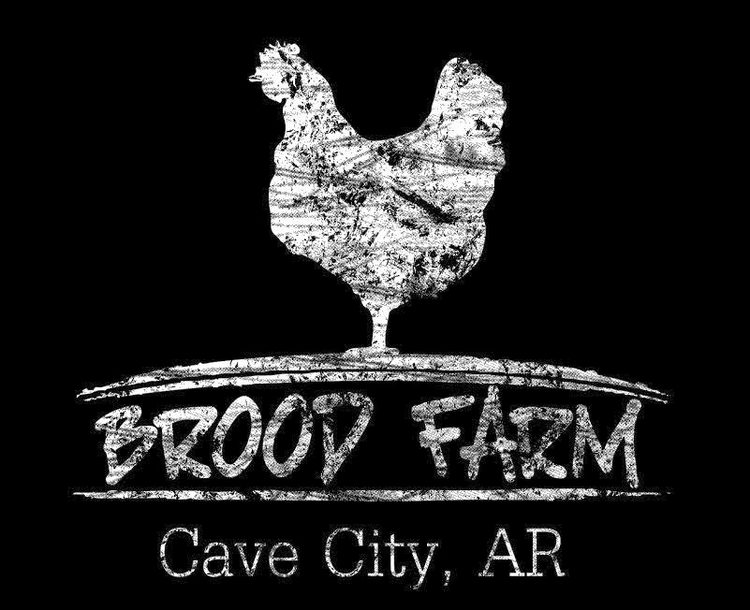The day has finally arrived! These 4 roosters have kept us from sleeping countless hours over the past month, since they've started crowing. Last night, they kept John from sleeping as he contemplated what we'd be doing come dawn. This was going to be a big deal to us. We were going to slaughter animals in our own backyard, and we wanted to be sure to do it right.
(In case you're concerned about scrolling down further, let me say that, out of respect for the birds we raised to feed us, this post does not include any mid-process photos. It does, however, contain some descriptions that you may find disturbing.)
We moved the 4 biggest roosters out of the chicken tractor and into a temporary holding pen (they'd been without food since yesterday to be sure that their digestive systems were mostly clean).
They said goodbye to their fellow chickens. (Don't think it was a sentimental goodbye, though. These 4 have been pecking at and otherwise pestering the others for quite some time.)
John moved their temporary holding pen to the part of the yard where we'd set up our processing stuff (somehow I didn't get a picture of the table and other supplies) then used the wheelbarrow and plastic tub to block their view of the processing table. :)
This is a restraining cone. The chicken is placed head-down into the cone. This stabilizes the bird as you make the killing cut and allows him to bleed out into a bucket below. We strove to use the most humane killing method possible. Once the chicken was restrained in the cone, one quick slice of the jugular started the bleeding out process. Immediately following that cut, we made a quick puncture (through the mouth) directly into the brain. This puncture essentially ends the consciousness of the bird, so he no longer feels pain. It was obvious that the puncture worked because, following it, the bird would immediately close his eyes.
BEFORE
AFTER
This post is not intended to be a step-by-step demonstration of how we processed the chicken, so I won't go into great detail. We did opt to skin them, though, rather than pluck the feathers, so the process was much quicker and required less equipment than other home-processing methods.
You may have many questions about this backyard chicken processing, but I know enough to anticipate two of them:
1. "Ashley, did you actually take part in this process?" Yes, I've told you before that I can do most anything with gloves on. There's just something about the distance gloves create for me. Yes, I did make a kill cut myself. And, yes, it was difficult. Taking a knife to an animal's throat and ending its life is not an easy thing to do. I will definitely look differently now at every cut of meat that makes its way to my plate. That slice to the jugular was definitely the hardest part of the whole thing for me. Once the chicken was dead, it seemed to me to have morphed from animal to food, and that made it much easier to skin and clean.
2. "Were the kids around? What were their thoughts about it all?" Yes, they were in the backyard with us through a lot of the process. They were interested to see the chicken head in the trashcan and the feathers. Surprisingly, they did not seem disgusted by it in the least. Thankfully, none of them were around, though, when the biggest, wildest chicken kicked himself so strongly that he knocked the slaughter cone down off the fence and proceeded to run wild around the yard . . . headless.
It seems that today was our day to "look our food in the face." We've had a bunch of animals living in our care for a while now, but somehow this day seems to mark a turning point. We now feel "all-in" when it comes to this homesteading stuff. We'd been unsure about whether or not we'd be able to do this whole meat processing thing. It seems that, yes, we can do it. And, it was not nearly as awful as we'd feared.






